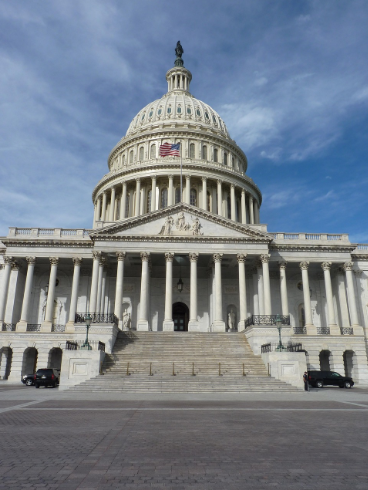Deciding Between a Public and Private University

College is the time when kids finally become an adult. You turn eighteen, you move out of your parents’ house, and you start figuring out how you want to spend the rest of your life. This is why choosing the right college is critical. To do this, it is important to understand the advantages and disadvantages of both a public and a private university.
When most people think of a private university, they picture the stereotypic campus—preppy outfits, trust funds, and gorgeous campuses. But these stereotypes are not always true. Kids of all different social classes can be found at private schools. This is due to the fact that private universities give out more scholarships and financial aid opportunities than public universities. Because of this, students from any financial background have the ability to end the expensive universities if they are accepted.
One thing is true about the private university stereotype though—their gorgeous campuses. On the majority of campuses, classic brick buildings and abundant landscaping can be observed. According to the University of Duke, their famous Duke Gardens are an ideal place for students to study, while they also open to public free of charge.
Another positive aspect of private universities are their smaller class sizes. On average, private universities have a smaller student body than public universities. According to Scholariships.com, a private university can have class sizes as small as 10 to 12 students. This gives private university students a smaller teacher to student ratio, which allows the students to receive more one on one time with their professors.
Teaghen Ploetz, a senior at Arrowhead High School, says, “One of the main reasons I chose to go to Carroll Univeristy was because of the small class sizes. For me personally, I like being able to have good relationships with my teachers and smaller class sizes will help me be able to develop this more easily.”
On the other hand, public universities generally cost less, have larger campus sizes, and a larger amount of extracurricular opportunities. According to Petersons.com, public universities normally cost between $15,000 and $20,000 more than private universities. Public universities funds are funded by state funds, unlike private universities that are supported through their students’ tuitions and alumni donations. According to Fox Buisness.com, it is important to keep in mind that going to an out-of-state public college will likely more expense than in-state ones.
As for public universities enrolment size, it is true that they normally have more students, which means a large teacher to student ratio. But that is not always a bad thing since like most universities, students can seek out their professors for additional help during their office hours or receive help from their professor’s teacher assistant. Along with that, a larger student body size means more opportunity to meet more new people and friends.
Even more, public universities have more extracurricular and academic activities than private ones. For example, public universities have more club sports teams and areas to study abroad. According to Scholarships.com, public schools have more majors to choose from when deciding on a career path. So while the class sizes are large, there is a wider variety of classes to choose from.






